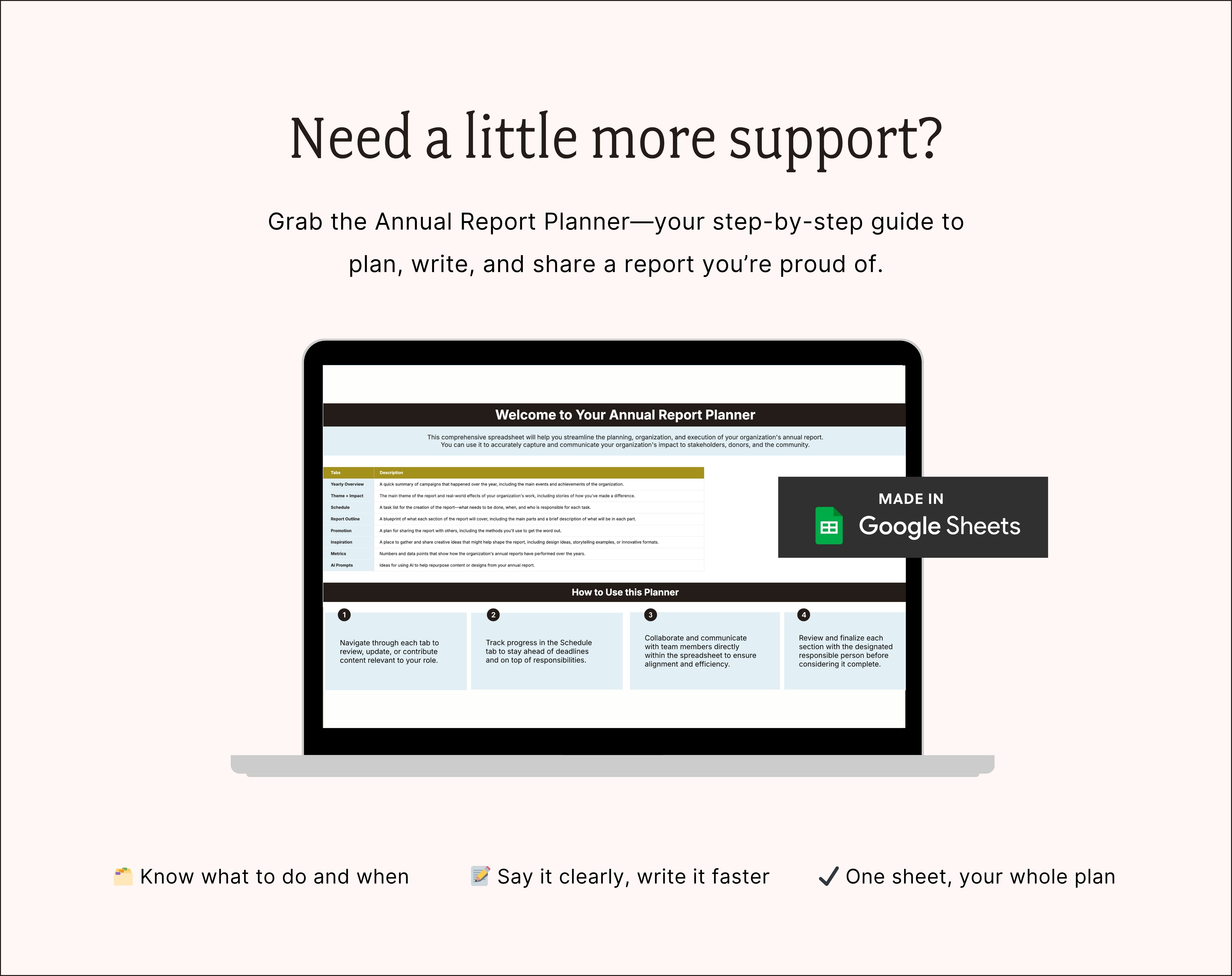Just because “No one asked for it” doesn’t mean “no one values it.”
If your nonprofit has skipped its annual report for a couple of years without much fallout, it’s tempting to cut it for good. But before you toss it in the “extra credit” pile, think about what’s really at stake: your credibility, donor relationships, and future funding opportunities.
Continue reading to discover the 5 reasons why skipping your annual report in 2025 could quietly chip away at your influence and why the organizations that keep showing up with one are the ones earning more trust, more funding, and more staying power.
Annual Reports Are More Than Just Financial Paperwork
Yes, your audited financials or Form 990 meet transparency requirements.
But an annual report—or its modern sibling, the impact report—is your year in story form:
- The victories your community achieved, and how you celebrated them together
- The challenges you faced side-by-side, and the resilience it took to overcome them
- The lives and neighborhoods transformed through your programs
- The donors, partners, and volunteers whose generosity made it all possible
- The next chapter you’re building together for even greater impact
An annual report is a valuable piece of storytelling that a budget spreadsheet just can’t deliver. Done right, it’s part thank-you gift, part legacy piece, and part donor-retention.
The Easiest Way to Keep Your Supporters Invested
Maybe your major donors already know your wins. But leadership changes. Markets shift. Grant competition gets fiercer.
When times get tough, the organizations that have consistently documented and shared their impact—visually and tangibly—are the ones that stay funded.
Your annual report keeps supporters connected to your mission year-round, so when you need them, they already feel part of the story.
It’s Not All-or-Nothing
The idea that an annual report has to be a 40-page glossy magazine? Outdated.
You can scale it to your audience and capacity. Maybe that’s a one-page infographic you can hand out at community events. Maybe it’s a short PDF “impact snapshot” for donors or a web-based version with video for casual browsers. If you’ve got the bandwidth, a full-length printed report might still make sense for funders and your board.
The point isn’t how many pages it has, it’s how much impact each page delivers.
Short on Time, Money, or Patience?
If the thought of squeezing an annual report into your already-packed calendar makes you want to hide, you’re not alone.
The fix is to start small and start early. Collect stories, statistics, and photos throughout the year instead of all at once. Use ready-to-go templates designed for nonprofits so you’re not starting from scratch. And don’t be afraid to share the load—delegate sections to team members who know the content best.
You can even repurpose what you already have: newsletter highlights, social posts, program updates. All of it can find a home in your report.

The Few Times You Can Skip An Annual Report
There are situations where skipping an annual report is fine and even smart, such as:
- Your donor base is small and gets regular personal updates
- No bylaws, funders, or grantmakers require it
- Stakeholder surveys confirm low interest
- You already share your impact consistently in another visible format
If you do skip, replace it with something equally strategic like a mid-year impact snapshot or donor appreciation series.
The ultimate goal: keep your supporters connected to your mission in a meaningful way.
FAQs About Annual Reports
Are annual reports still relevant?
Yes, especially for small to medium nonprofits. They’re a great way to show your impact, strengthen donor trust, and keep your story front and center. Even if your supporters don’t ask for them, they notice when you consistently share results.
What happens if I don’t do an annual report?
For nonprofits, skipping it might not have legal consequences, but it can weaken donor relationships, make grant applications harder, and leave you scrambling when stakeholders ask for proof of impact.
Are annual reports mandatory?
For nonprofits, it depends on your bylaws, funder requirements, and state laws. While the IRS doesn’t require a narrative annual report, many states, grantmakers, and foundations do. Always check your specific requirements.
Who is required to prepare an annual report?
For nonprofits, it’s often the responsibility of the executive director, communications/marketing team, or development staff—sometimes with board oversight.
Start Small, Keep It Intentional, and Make It Beautiful
An annual report is still one of the most versatile, high-impact tools you have for showing your work to the world. Even if no one’s asking for it, the way you present your story shapes how future donors, grantmakers, and partners see your mission.
Before you write it off, ask yourself:
If someone brand new discovered our nonprofit tomorrow, could they understand our impact at a glance?
If the answer is “not really,” you’ve got two clear next steps:
- Use our Annual Report Template Kits to create a polished, donor-ready report, even without a designer on staff.
- Book a Design Intensive for a custom, strategically crafted annual or impact report that keeps your mission in the conversation.
Whether you DIY with a little design backup or go all-in on a two-week creative sprint, the goal is the same: make your report intentional, beautiful, and worth remembering.






.png)



